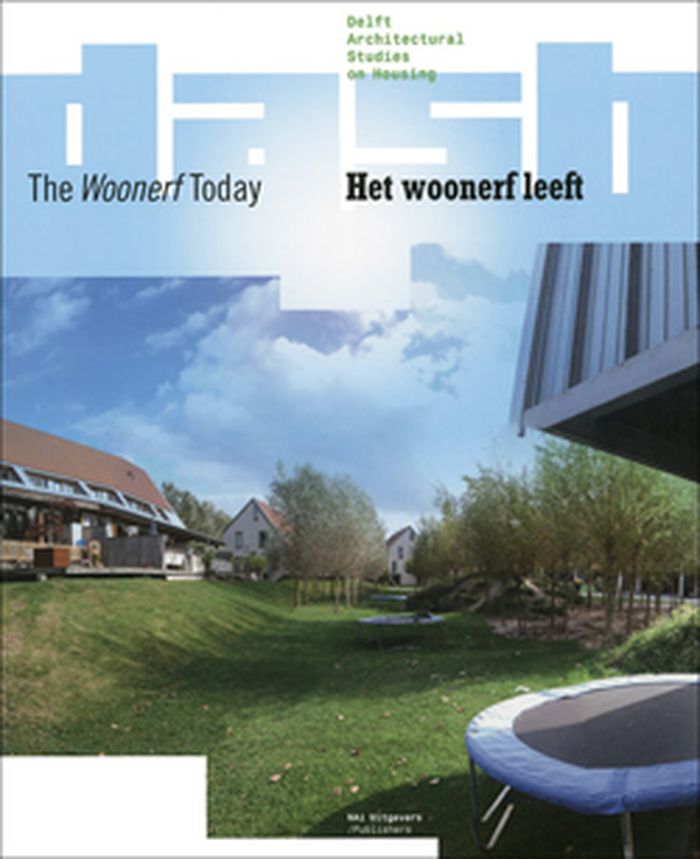books
VMX Architects: agenda
$59.95
(available in store)
Summary:
Architectural history often remains silent on the subject of how architecture is born. The VMX Architects Agenda demonstrates that this very aspect can be instructive. Within its pages VMX Architects ask : "What is it that constitutes our firm? Who or what has shaped us, influenced us, has continued to inspire us?" Leafing through ten years of office diaries they identify(...)
VMX Architects: agenda
Actions:
Price:
$59.95
(available in store)
Summary:
Architectural history often remains silent on the subject of how architecture is born. The VMX Architects Agenda demonstrates that this very aspect can be instructive. Within its pages VMX Architects ask : "What is it that constitutes our firm? Who or what has shaped us, influenced us, has continued to inspire us?" Leafing through ten years of office diaries they identify influences from their student years, from architectural discourse, social context and daily practice. Memories, facts, speculations and anecdotes take turns in a narrative that is both unique and generic. It is the personal history of VMX, but also the description of occurrences familiar to every architect. The sum total is a story of well-spent time, lost time, gained time and of ideals over time. The VMX Agenda is the truth, "inasmuch as truth is what we produce".
books
January 2007, Rotterdam
Architecture Monographs
Dash 03: The Woonerf today
$60.00
(available to order)
Summary:
The newest issue of DASH explores the 1960s Dutch concept of the "home zone," which refers to the design of residential areas as human-scaled environments incorporating pedestrian-friendly areas, ecological features and small-scale architecture. The essays presented here examine the quality of living in home zones, with projects by Vandkunsten, Onix, Verhoeven,(...)
Dash 03: The Woonerf today
Actions:
Price:
$60.00
(available to order)
Summary:
The newest issue of DASH explores the 1960s Dutch concept of the "home zone," which refers to the design of residential areas as human-scaled environments incorporating pedestrian-friendly areas, ecological features and small-scale architecture. The essays presented here examine the quality of living in home zones, with projects by Vandkunsten, Onix, Verhoeven, Zuiderhoek, Välikangas, Persson, Lyons and others.
Magazines
